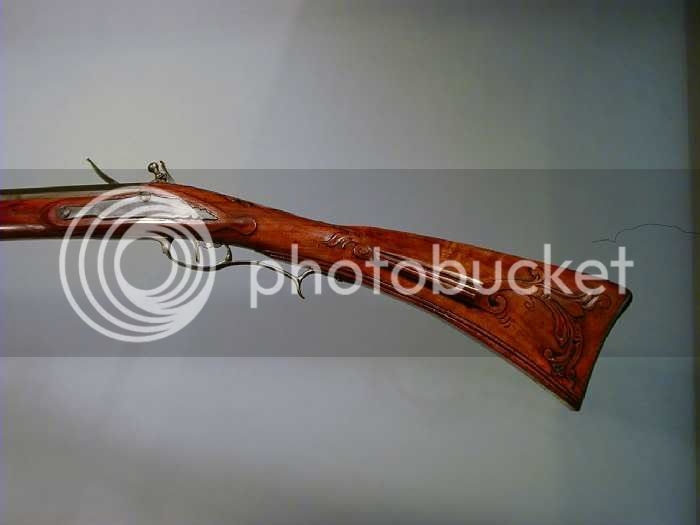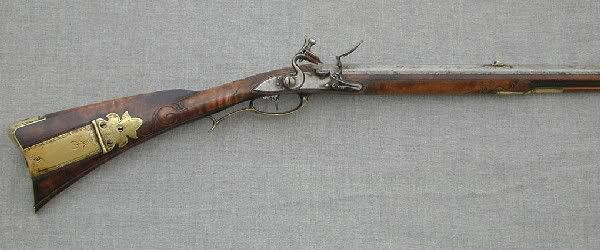three otters
32 Cal.
- Joined
- Feb 18, 2005
- Messages
- 22
- Reaction score
- 0
I was at Dixons gun fair on both Saturday and Sunday, on Saturday I was talking to a gentlemen about a "Lehigh" style rifle he had in his possesion. My question is that all of the Lehigh / Northamptons I've seen in either books or in real life (great collection of Moll's at the show) had a double radius or dual arcs on the underside of the stock and a gentle "roman nose" or curved upper profile. The gun he had was similer to a Rupp / Moll but had a fairly straight upper stock profile similar to a Dickert or Haines. :: Does any one know of a builder from the late 1700 who'se architecture / style was similar to the rifle I described above. Any help or information would be greatly appreciated I would like to research this style further. I would like to thank al of you in advance for you're taking the time to respond to my questions. :hatsoff:









